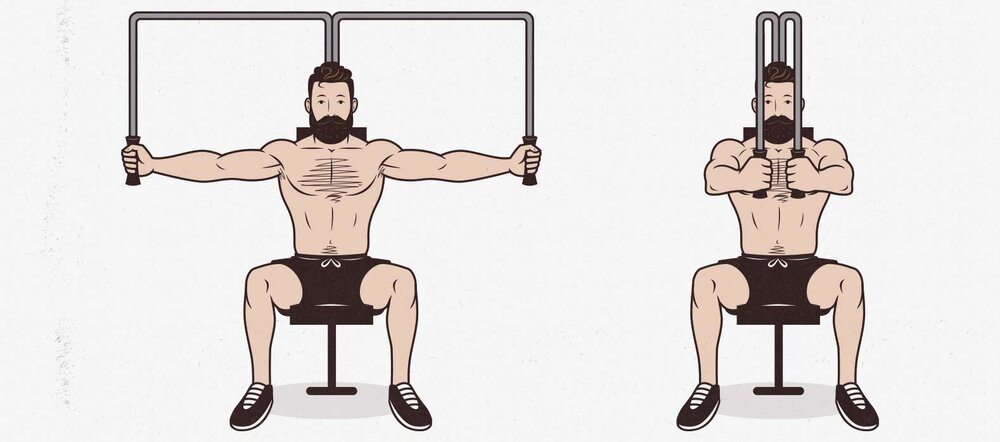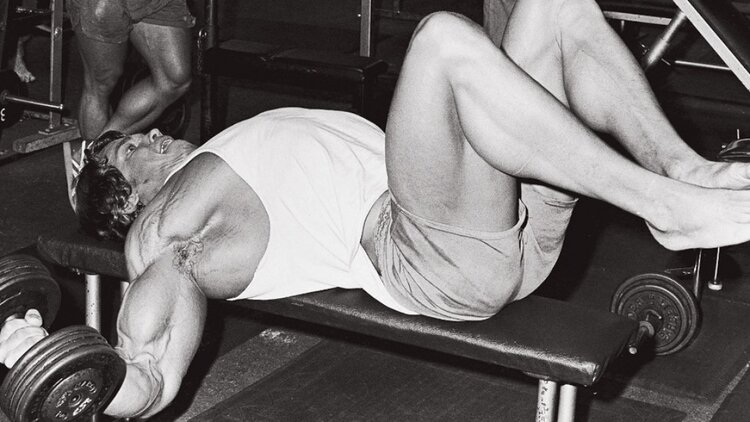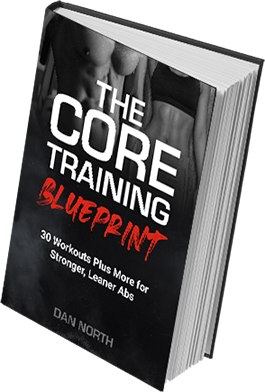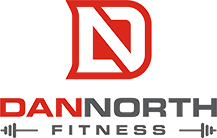When it comes to building muscle, you want to be able to actually feel your muscles working during a set.
Ever heard of the mind-muscle connection?
It’s how well your body is able to recruit specific muscles to perform specific tasks during an exercise. Without the ability to recruit and isolate specific muscles, you end up compensating with poor form and using muscles that are “overactive” (ex. shrugging at the top of a pull-up and using the upper traps instead of the lats).
It doesn’t come right away to most people and usually takes a little bit of trial and error before you start to develop a solid mind-muscle connection. Why? If your muscles aren’t used to being recruited, it’s going to take some time, and that’s completely normal.
In regards to chest fly’s, some of the most common mistakes you’ll see are:

- Using weight that is too heavy
- Shrugging at the shoulders and overusing the upper traps
- Turning the fly into a press (bending the arms excessively)
- Not going through the full intended range of motion
DUMBBELL CHEST FLY’S
It’s super common to see people use dumbbells that are way too heavy during dumbbell fly’s, and it’s usually just an ego thing.
Here’s a tip: no one gives a shit how much you’re lifting. So leave the ego at the door and use weight you can actually handle so you can actually gain some benefit from the exercise.
How much weight should you use?
Each dumbbell should be about 10% of your 1RM bench press. For example, if your 1RM is 200lbs, each dumbbell should be about 20lbs.
Start with your palms facing forward and your arms just slightly bent (remember you don’t want to turn this into a press). As you extend your arms out to the side, keep them slightly bent and rotate your palms up to the ceiling. once you begin to feel a slight stretch in your pecs, bring the dumbbells back in and rotate your palms forward again.
See videos below for demonstrations.
Tip: When bringing the dumbbells in, imagine you’re trying to crush a pistachio in between your pecs. Remember your pecs are the prime movers during fly’s, so focus your attention on keeping them engaged throughout the set as much as possible.
CABLE CHEST FLY’S
Cable chest fly’s are a little different than the dumbbell variation. The chest fly is a pec isolation in and of itself, no matter which variation you choose to do. Cable machines allow you to really dial into the pecs and isolate the crap out of them…when done correctly.
The biggest mistake you’ll see when performing cable fly’s is…
- Going too heavy
- Shrugging at the shoulders and trying to connect the knuckles
Cable machines are on a predetermined path, making it easier to perform and easier to isolate specific muscles. There’s no benefit in adding a ton of weight and using shit form on machines because you won’t be able to isolate the intended muscle…so what’s the point?
Back off on the weight, and focus on slow, controlled movement with the intention of using the pecs during cable fly’s.
Tip: Instead of trying to connect the knuckles, try connecting your wrists together at the end of the fly. This small tweak alone will make you feel it in your pecs way more. See video below for demonstration.
2 OTHER WAYS TO FEEL YOUR PECS DURING CHEST FLY’S
1. Pre-Exhaust Sets
Pre-exhaust sets are a great way to pump blood to your muscles before moving on to your working sets.
Try performing 2-3 sets of 20-30 reps with really light weight on cable fly’s or even dumbbell fly’s to help build a stronger mind-muscle connection before doing your working sets.
Using light weights for a couple of “pre-exhaust” sets make it easier for you to dial in one on muscle group at a time. When the weights are too heavy, or you don’t warm up enough, your body goes into “autopilot” and uses the muscles that are already strong/overactive (usually the arms and traps during fly’s).
2. Isometric Holds
Your muscles contract in three ways. We’ll use the dumbbell chest fly as an example here:
- Concentrically: Bringing the dumbbells in towards each other
- Eccentrically: Lowering the dumbbells and extending your arms to the side
- Isometrically: Holding and maintaining a position without moving
You can add pauses to your chest fly’s no problem, but there’s something even better you can try in my opinion.
Try isometric holds in-between your sets, rather than during.
How do you do that?
Grab a medicine ball or Swiss ball. You can sit or stand holding the ball, or lay down on your back holding it with your arms extended out straight.
Keeping your arms locked, squeeeeeeeze the shit out of the ball, trying to pull your hands in together and do so for a 10 sec count. Then perform chest fly’s of your liking immediately after. This is an example of an isometric contraction where your muscles are working hard, without actually moving.
This is an amazing way to pump blood to your pecs so they are engaged before performing fly’s, and helps establish a stronger mind-muscle connection.
See video below for examples done with push-ups and presses (you can sub these out for chest fly’s and get an amazing pec contraction!!!)
If you have any questions or comments please shoot me a message down below!





